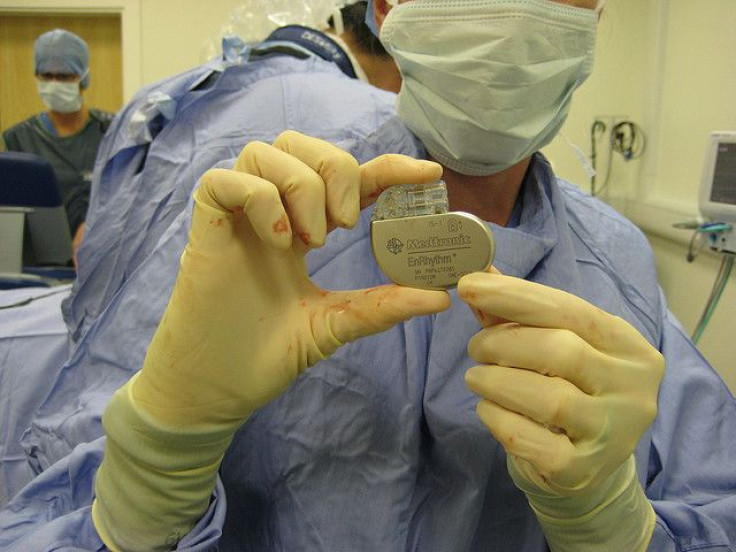Medical Device Implants Heal Better With New Antioxidant Biomaterial

Following the surgical implantation of medical devices, the human body undergoes a series of processes to protect the body from the supposed invader. This is a problem, of course, when the device is keeping the body alive. New research from Northwestern University suggests a new biomaterial may be able to offer some assistance.
Patients should always expect a degree of inflammation, says senior author of the study and professor of biomedical engineering Guillermo Ameer. If the device contains large proportions of plastic, oxidation may also occur, in turn spurring the release of dangerous free radicals in the blood. Ameer and his team developed a biodegradable material that has natural antioxidant capabilities, designed to keep new devices from catalyzing a harmful body response.
In the past, Ameer says, the conventional wisdom suggested developers add antioxidant vitamins to a polymer and blend the two together. “That can affect the mechanical properties of the material and limit how much antioxidant you can add, so it doesn’t work well,” he said. “What we’re doing is different. We’re building a material that is already inherently, intrinsically antioxidant.”
The new material starts with a polyester base. Then the team adds citric acid to incorporate vitamin C, which the body draws upon to minimize any scarring that may take place as the trauma of surgery heals. In preliminary experiments on animals, the grafts showed some promise in achieving the desired result. Feeling confident about the material’s application on human tissue, Ameer went ahead with the follow-up tests. With normal grafts, cells tend to inflame and lead to the characteristic scarring. But with the new material, inflammation stayed quiet.
In addition to promoting wound healing, the biomaterial could also be used to create scaffolds for tissue engineering, coat or build safer medical devices, promote healing in regenerative medicine, and protect cells, genes, and viruses during drug delivery. The material is also inexpensive and easy to make, Ameer said.
“Citric acid is affordable and in pretty much everything we come in contact with on a daily basis,” such as food and drink, skin and hair products, and a number of various drugs. “It’s a common, inexpensive raw material to use, and our system can stabilize vitamin C, an antioxidant that we are all familiar with.”
Without these types of fail safes, the body’s natural oxidation response could prove toxic. In the weeks following the implantation of, say, a pacemaker, the neighboring tissues in the heart muscle won’t function at their best. Oxygen may be vital to life, but too much can begin to act as a poison, when free radicals start to damage cells, proteins, lipids, and entire tissues.
Oxidative stress is a key component of premature aging because it involves the gradual breakdown of the body’s processes. It also leads to the conversion of healthy cells into cancerous cells, elevates blood pressures, hardens the arteries, and promotes inflammation in the form of arthritis and asthma.
Source: van Lith R, Gregory E, Yang J, Kibbe M, Ameer G. Engineering biodegradable polyester elastomers with antioxidant properties to attenuate oxidative stress in tissues. Biomaterials. 2014.



























